
Louis Joseph Andriessen was a Dutch composer, pianist and academic teacher. Considered the most influential Dutch composer of his generation, he was a central proponent of The Hague school of composition. Although his music was initially dominated by neoclassicism and serialism, his style gradually shifted to a synthesis of American minimalism, big band jazz and the expressionism of Igor Stravinsky.
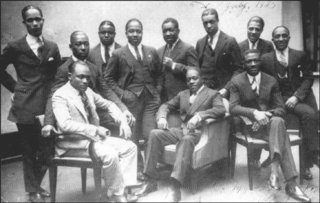
Thomas James Ladnier was an American jazz trumpeter. Hugues Panassié – an influential French critic, jazz historian, and renowned exponent of New Orleans jazz – rated Ladnier, sometime on or before 1956, second only to Louis Armstrong.

David Roy Eldridge, nicknamed "Little Jazz", was an American jazz trumpeter. His sophisticated use of harmony, including the use of tritone substitutions, his virtuosic solos exhibiting a departure from the dominant style of jazz trumpet innovator Louis Armstrong, and his strong impact on Dizzy Gillespie mark him as one of the most influential musicians of the swing era and a precursor of bebop.
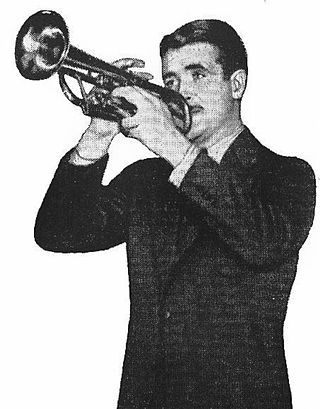
Roland Bernard "Bunny" Berigan was an American jazz trumpeter and bandleader who rose to fame during the swing era. His career and influence were shortened by alcoholism, and ended with his early demise at the age of 33 from cirrhosis. Although he composed some jazz instrumentals such as "Chicken and Waffles" and "Blues", Berigan was best known for his virtuoso jazz trumpeting. His 1937 classic recording "I Can't Get Started" was inducted into the Grammy Hall of Fame in 1975.
The swing era was the period (1933–1947) when big band swing music was the most popular music in the United States, especially for teenagers. Though this was its most popular period, the music had actually been around since the late 1920s and early 1930s, being played by black bands led by such artists as Duke Ellington, Jimmie Lunceford, Bennie Moten, Cab Calloway, Earl Hines, and Fletcher Henderson, and white bands from the 1920s led by the likes of Jean Goldkette, Russ Morgan and Isham Jones. An early milestone in the era was from "the King of Swing" Benny Goodman's performance at the Palomar Ballroom in Los Angeles on August 21, 1935, bringing the music to the rest of the country. The 1930s also became the era of other great soloists: the tenor saxophonists Coleman Hawkins, Ben Webster and Lester Young; the alto saxophonists Benny Carter and Johnny Hodges; the drummers Chick Webb, Gene Krupa, Jo Jones and Sid Catlett; the pianists Fats Waller and Teddy Wilson; the trumpeters Louis Armstrong, Roy Eldridge, Bunny Berigan, and Rex Stewart.
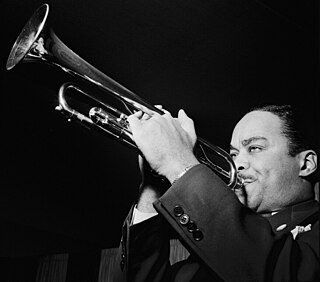
Wilbur Dorsey "Buck" Clayton was an American jazz trumpeter who was a member of Count Basie's orchestra. His principal influence was Louis Armstrong, first hearing the record "Confessin' that I Love You" as he passed by a shop window.
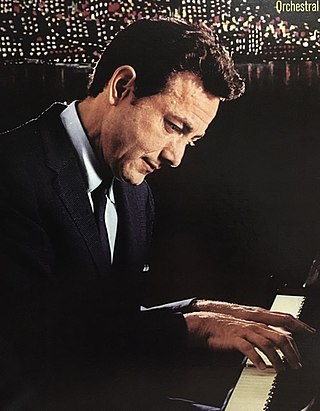
Joseph "Joe" Bushkin was an American jazz pianist.

Jozef "Jos" Cleber was a Dutch trombonist, violinist, conductor, composer, arranger, and producer.
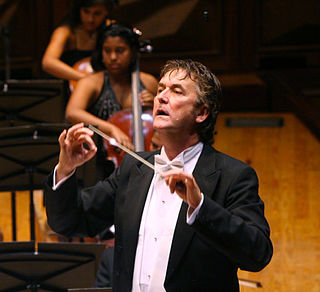
Johannes Abraham "Johan" de Meij is a Dutch conductor, trombonist, and composer, best known for his Symphony No. 1 for wind ensemble, nicknamed The Lord of the Rings symphony.
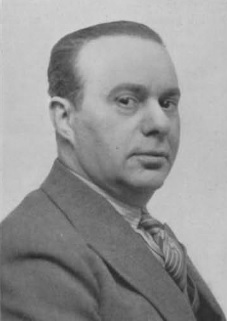
Abraham Icek Tuschinski was a Dutch businessman of Jewish Polish descent who ordered the construction of the Tuschinski Theater, a famed cinema in Amsterdam.

Hendrik Franciscus Andriessen was a Dutch composer and organist. He is remembered most of all for his improvisation at the organ and for the renewal of Catholic liturgical music in the Netherlands. Andriessen composed in a musical idiom that revealed strong French influences. He was the brother of pianist and composer Willem Andriessen and the father of the composers Jurriaan Andriessen and Louis Andriessen and of the flautist Heleen Andriessen.

William Johnson Coleman was an American jazz trumpeter.
Dutch jazz refers to the jazz music of the Netherlands. The Dutch traditionally have a vibrant jazz scene as shown by the North Sea Jazz Festival as well as other venues.

The Groningse Bachvereniging was a Dutch semi-professional mixed choir, which existed from 1945 to 1989 and was known for its performances of Baroque music in historically informed performance. It was founded by Johan van der Meer and conducted by him until 1982.
Jacky June was a Belgian jazz saxophonist, clarinetist, and bandleader.

Sam Swaap was a Dutch violinist and conductor.

Peter Bree is a Dutch oboist and broadcaster. He was born in Driebergen-Rijsenburg, Netherlands.

Jacob Hendrik "Jaap" Stotijn was a Dutch oboist. He was also active as a pianist and conductor. Jaap Stotijn has been credited as the founder of the Dutch school of oboe playing. "The Dutch style ... is the product of the distinctive reed-making and playing style of Jaap Stotijn." Contemporary oboists in this lineage include Han de Vries, Koen van Slogteren, Peter Bree, Bart Schneemann, and the current principal oboe in Stotijn's orchestra, Pauline Oostenrijk.
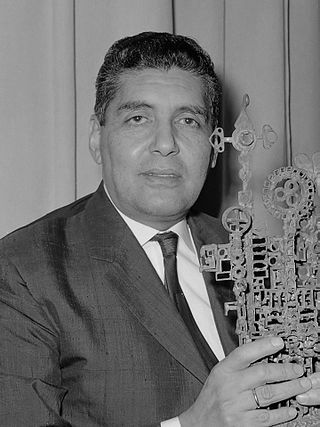
Boy Edgar, pseudonyms of George Willem Fred Edgar, was a Dutch jazz conductor, pianist and trumpeter. He was also a member of the resistance who saved Jewish children during WW2 and was promoted as a doctor after the war on an investigation into multiple sclerosis.
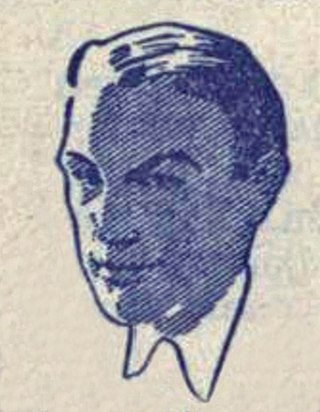
Dick Abraham Willebrandts was a Dutch pianist, composer and bandleader in the swing era.

















